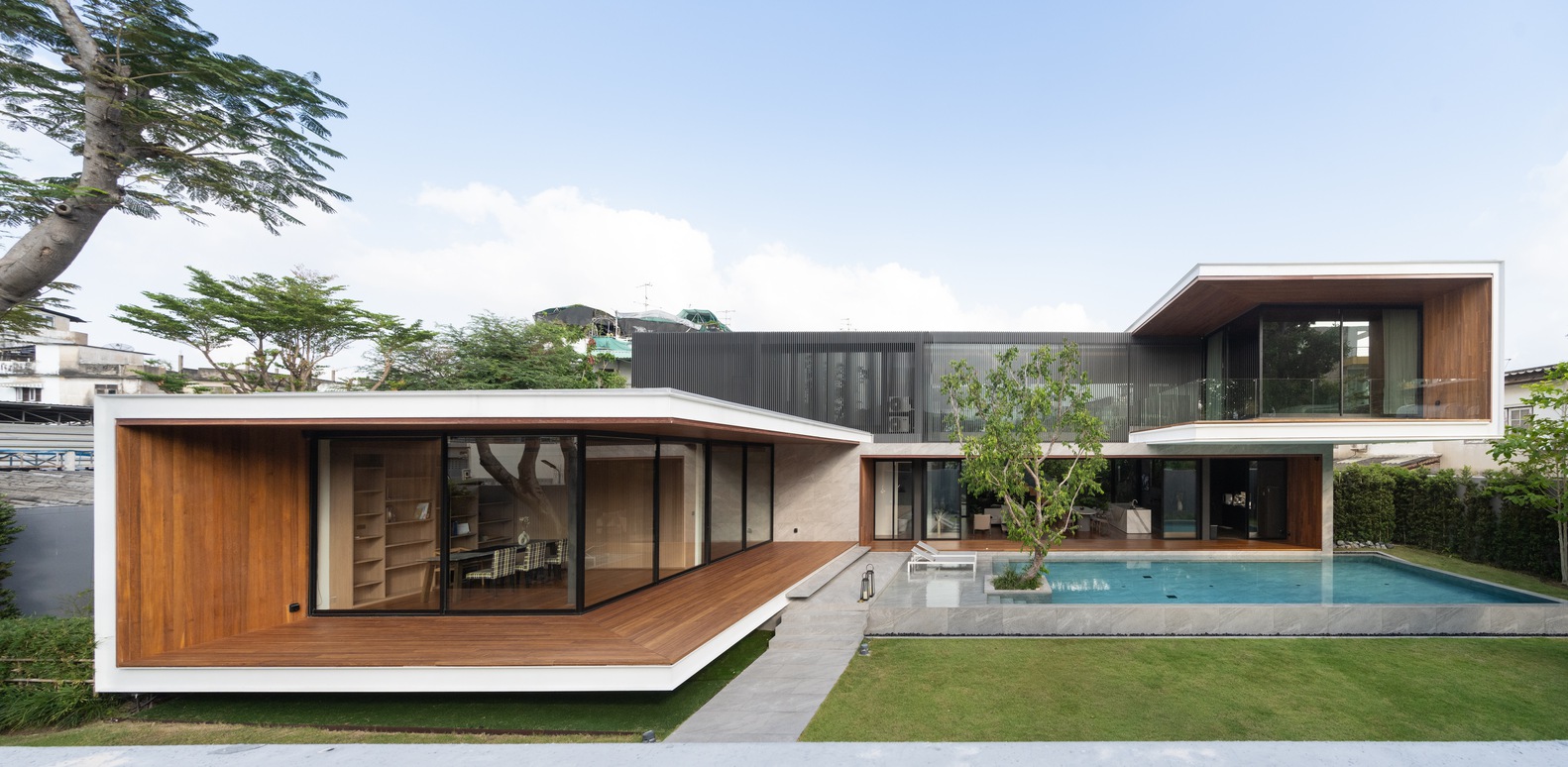Building a home is one of the largest investments in life. Most people are unaware that traditional homebuilding often comes with numerous hidden costs. These costs can drain your budget before you even move in. Delays, labor shortages, material waste, and unexpected expenses can turn traditional construction into a financial nightmare.
This is where modular construction comes in. It uses a factory-controlled process. Modular homes are built faster, with less waste and fewer delays. Costs are lower, too. Let’s look at the hidden expenses of traditional homebuilding and see how modular construction can save you money.
1. Traditional Construction Delays Cost You More Than You Think.
Traditional Homebuilding. A Never-Ending Wait.
When you build a traditional home. You depend on weather, worker availability, and material delivery schedules. If bad weather strikes, work comes to a halt. If materials are delayed, the entire project is pushed back. And if workers don’t show up on time, the construction process slows down.
Every extra day of delay means:
- More money spent on rent or temporary housing.
- Higher loan interest and construction financing costs.
- Lost income if the home was planned as a rental property.
Modular Construction. No More Waiting Around.
With modular construction, the process undergoes significant changes. Homes are built indoors in a controlled factory environment. That means:
- No weather delays. Rain, snow, or heat waves can’t stop the construction process.
- Faster completion. While site preparation happens. The home is being built simultaneously, which accelerates the construction process.
- Predictable timelines. Most modular homes are completed 30-50% faster than traditional homes.
2. Labor Shortages Drive Up Costs.
Traditional Homebuilding. Paying for Unused Labor.
Finding skilled workers for traditional construction is becoming increasingly challenging. And Labor shortages in construction mean.
❌ Higher wages, since skilled workers are in demand, so they charge more.
❌ Delays due to limited availability. If workers aren’t available, the project stops.
❌ More time on-site, every extra workday means extra labor costs.
Modular Construction. Fewer Workers and More Efficiency.
Since modular homes are built in a factory setting, the approach is more efficient and requires fewer workers. As a result, you benefit from…
Lower labor costs. Because factory workers are trained for speed and precision.
No wasted time. Every worker has a specific task assigned to them within the construction process.
Consistent workforce. Factories always have workers available. So no delays.
3. Material Waste Adds Up Quickly.
Traditional Homebuilding. Paying for What You Don’t Use.
On a traditional construction site, materials like wood, drywall, and insulation often go to waste for several reasons.
Cutting errors. Pieces are cut wrong and thrown away.
Weather damage. Rain and wind ruin exposed materials.
Over-ordering. Contractors order extra to avoid running out. But the leftovers are wasted.
Material waste drains your budget and harms the environment.
Modular Construction. 90% Less Waste.
Modular homes are built with exact measurements, which means:
✔ Minimal waste. Factories cut materials precisely. So there’s no excess.
✔ ️ No weather damage. Materials are stored and used indoors.
✔ Sustainability. 90% Less waste means a smaller environmental footprint.
4. Unforeseen Costs Keep Adding Up.
Traditional Homebuilding. Surprises That Cost You Thousands.
Even with careful budgeting, unexpected expenses such as permit delays, change orders, and site preparation issues arise.
❌ Permit delays. If the paperwork isn’t processed on time. Construction stops.
❌ Change orders. If the design needs adjustments. Extra work means extra costs.
❌ Site preparation issues. If the land requires more grading or utility adjustments, then costs increase.
Modular Construction. No More Hidden Costs.
With modular construction. The entire process is planned and priced upfront. That means fixed pricing means you know the total cost before construction starts. Modular homes have fewer design changes because they are designed with precision and accuracy. Standardized designs help facilitate the processing of paperwork.
5. Energy Inefficiency Costs You for Years.
Traditional Homebuilding. Higher Utility Bills.
Many traditionally built homes lack energy efficiency, which leads to. This leads to higher heating and cooling costs. Poor insulation wastes energy. Air leaks and gaps in construction cause temperature loss. Outdated materials and older building techniques often prioritize aesthetics over efficiency.
Modular Construction. Built for Efficiency.
Designers create modular homes with built-in energy efficiency.
✔ Better insulation. Keeps heat in during winter and out during summer.
✔ Tighter construction. Factory-built modules have fewer gaps and air leaks than those built on-site.
✔ Eco-friendly materials. Modular homes use energy-saving materials and appliances. Over time, this means lower energy bills. You also get long-term savings.
Conclusion. Modular Construction Saves You More Than Just Traditional Home Building. Traditional home building is often marred by hidden costs. These include delays, labor shortages, material waste, and surprise expenses. These costs add up quickly, making homeownership more expensive than expected.
Modular construction addresses these hidden costs by offering:
✅ Faster build times. No delays due to weather or worker shortages.
✅ Lower labor and material costs. Efficient factory-built processes.
✅ No Hidden expenses. Pricing is fixed upfront from the start.
✅ Long-term savings. Energy-efficient designs reduce utility bills. If you’re looking for a faster, more affordable, and stress-free way to build your dream home, modular construction is the smart choice. Choose wisely. Click here to learn more.




